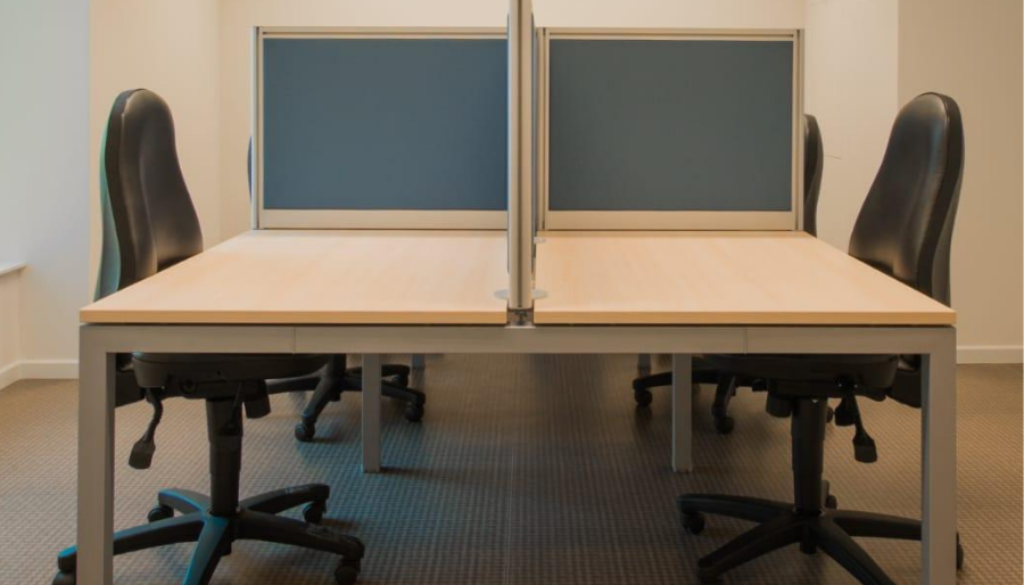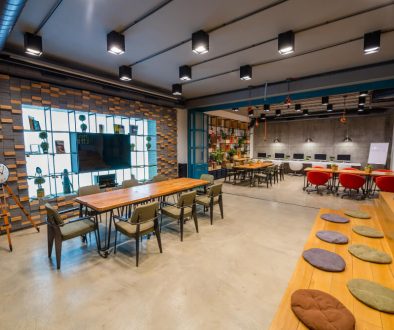Office Workstation Design Tips for Employee Productivity
In order to foster a positive office culture where employees are happy and engaged, it’s important to consider reevaluating the design of your office workstation. After all, people spend around 90% of their time in their work environment, and the physical layout and design can have a significant impact on their overall well-being and productivity. To create an effective workstation design that facilitates employee well-being and productivity, here are six office workstation design tips to consider:
Firstly, choosing an ergonomic keyboard and mouse is essential for reducing stress on the wrists and preventing repetitive stress injuries like carpal tunnel syndrome. While generic computer peripherals lack the ergonomic design and features of premium counterparts, upgrading to a premium ergonomic keyboard and mouse can make a huge difference.
Secondly, back pain is a common issue among workers, particularly office workers who spend up to eight hours a day sitting in one place. Upgrading to an ergonomic office chair can help prevent and reduce back pain by providing proper lumbar support.
Thirdly, installing a document holder is a valuable tool for a productive office workstation. Without one, documents may have to be laid flat on the desk, making them difficult to view for extended periods of time. Installing a document holder next to the computer monitor can improve productivity and reduce strain on the neck and eyes.
Fourthly, personalizing your office workstation with decorations can boost productivity and well-being. Workers tend to be more productive in personalized workstations that reflect their unique personal identity than in generic, non-personalized workstations.
Fifthly, lighting plays a significant role in productivity and well-being. Poor lighting can make it difficult to read text on computer monitors and paper documents, while adequate lighting has been shown to improve productivity and reduce eye strain. It’s essential to ensure that your office workstation has sufficient lighting.
Finally, if you frequently use a telephone in your line of work, it’s important to have it within arm’s reach at your office workstation. This can save time that could be better spent on more productive tasks, and ensure that you can answer and place calls quickly.
In conclusion, reevaluating your office workstation design is crucial for establishing a positive office culture with happy and engaged employees. By implementing these six office workstation design tips, you can create a smart and attainable design that caters to your office culture and improves employee well-being and productivity. Remember to prioritize ergonomics, personalize your space, and provide ample lighting to maximize productivity and reduce workplace injuries.



